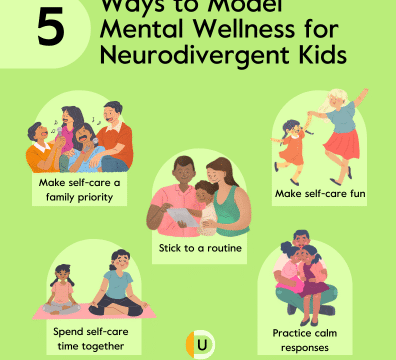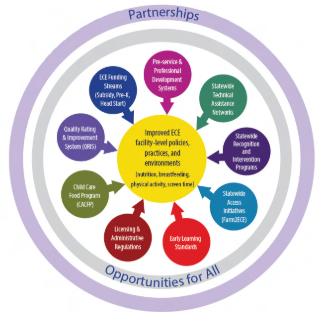Many people think of limits as something unpleasant, as if they are rules that take away freedom or joy. Yet limits, when understood and practiced in a gentle way, are actually one of the most powerful tools for creating a happier and more balanced life. They are not cages that confine us, but guideposts that help us stay aligned with what truly matters. When we treat limits with friendliness rather than resistance, they stop feeling like restrictions and instead become practices that nurture happiness, peace, and healthier connections with others.
At the heart of happiness through limits lies the simple truth that we all have energy, time, and emotional space that need care. Imagine a garden where the plants grow wild without boundaries. Some might flourish, but others may become overshadowed, crowded, or even wither away. By contrast, a garden that has clear pathways, thoughtful spacing, and careful nurturing allows every plant to thrive. In the same way, limits create space in our lives where joy can grow without being choked by overwhelm, obligations, or unhealthy patterns.
One of the friendliest ways to begin practicing limits is by reframing how we see them. Instead of viewing them as something taken away, consider them as something given. When you set a limit, you are giving yourself permission to rest, to prioritize, and to focus on what truly brings you fulfillment. For instance, choosing to limit screen time at night is not about denying yourself entertainment, but about gifting yourself deeper sleep and a refreshed mind for the next day. These acts of gentle discipline are a form of self-kindness that ripple into every part of life.
Limits also bring happiness by strengthening relationships. When we communicate clearly about what we can and cannot give, we prevent misunderstandings and resentment. Saying yes to everything may feel like kindness, but often it leaves us drained, which eventually spills into frustration or distance. On the other hand, saying yes with sincerity and no with kindness builds trust. People learn they can rely on your honesty, and your yes becomes more meaningful. Happiness grows in relationships where respect flows both ways, and limits are an important part of that respect.
The practice of creating limits is also deeply connected to self-awareness. Each of us has different needs, values, and rhythms. Some people thrive in constant social activity, while others need frequent solitude to recharge. By paying attention to what leaves you energized and what leaves you depleted, you begin to see where limits are needed. Honoring those insights is an act of friendliness toward yourself. Instead of forcing yourself into molds that do not fit, you carve out a life that supports your natural flow, which opens the door to genuine happiness.
A friendly approach to limits is also flexible. Life is not about rigid rules that never change. Instead, limits should be adaptable, adjusting as circumstances evolve. For example, during busy seasons, you may need stronger boundaries around rest and work hours. In quieter times, you may feel freer to loosen those boundaries. The key is to remain kind with yourself as you navigate these shifts. Limits are not punishments; they are living practices that can be adjusted with care. This flexibility makes them sustainable and prevents them from feeling heavy.
It is also important to see limits as tools for protecting joy, not just preventing harm. Consider how children often feel happier when routines and boundaries are present. The predictability offers a sense of safety. Adults are no different. By deciding when to stop working, when to unplug from distractions, or when to step away from draining situations, you create a secure space where happiness has room to grow. The absence of limits often leads to exhaustion or chaos, which can quickly overshadow joy. Limits, gently placed, act as guardians of well-being.
Communicating limits in a friendly way is another essential practice. Sometimes the fear of being misunderstood keeps people from expressing their needs. Yet when spoken with kindness, limits often lead to more understanding, not less. For example, saying, “I really appreciate your invitation, but I need some quiet time this evening,” shows both gratitude and honesty. This kind of openness creates connections that are more authentic and fulfilling. People usually value clarity more than endless accommodation, and relationships grow stronger when built on genuine exchanges.
Creating happiness through limits also involves patience. At first, it may feel uncomfortable to say no or to step back from something that no longer serves you. Old habits of overcommitting or people-pleasing may tug at you. But with each practice, it becomes easier, and you start to feel the relief and lightness that come with protecting your well-being. Over time, the initial discomfort is replaced with gratitude, because you see how much joy and balance arise when limits are in place.
Another dimension of this practice is recognizing that limits encourage growth. Just as a river flows more beautifully when guided by its banks, life flows more smoothly when guided by healthy limits. Without banks, a river can flood, losing its strength and direction. With thoughtful guidance, it moves with purpose and power. In the same way, limits help channel your energy into the places that matter most, allowing you to grow in ways that bring lasting satisfaction.
Happiness also grows when limits create space for presence. In a world full of noise and demands, it is easy to be pulled in many directions at once. By setting limits on distractions, you free yourself to be fully present in the moment. That presence deepens experiences, whether you are sharing a meal, enjoying nature, or having a heartfelt conversation. Instead of scattering your energy across too many things, limits gather your attention where it matters, enriching your sense of joy.
Finally, practicing limits with friendliness fosters a kinder relationship with yourself. Too often, people equate self-worth with productivity or pleasing others. Limits remind you that your value is not measured by how much you do or how much you give away, but by your ability to live authentically and with balance. This reminder is profoundly freeing. It allows you to step out of patterns of exhaustion and step into a life that feels lighter, kinder, and more joyful.
In the end, the practice of creating happiness through limits is not about shutting doors, but about opening the right ones. It is about saying yes to the things that truly matter and no to the things that drain your spirit. When limits are approached with friendliness, they are no longer heavy rules but gentle guides that help you live in harmony with yourself and others. They create a life where joy is not squeezed out by chaos, but welcomed with space, clarity, and peace.
Happiness does not come from endless freedom or endless obligations. It comes from balance, and balance is born from limits practiced with kindness. By embracing this truth, you can cultivate a life where happiness flows naturally, supported by the gentle strength of boundaries that protect your well-being and nurture your connections.






